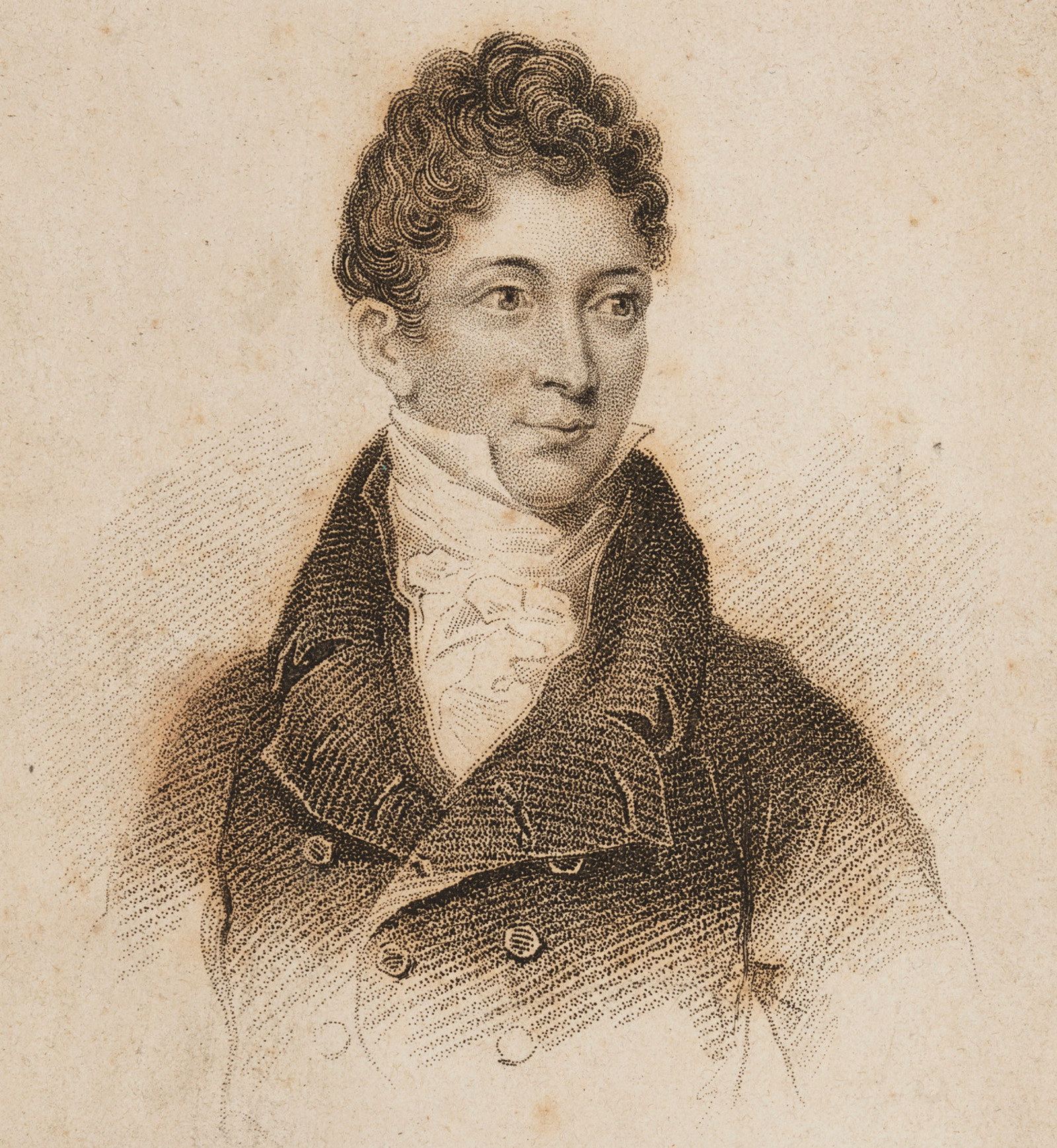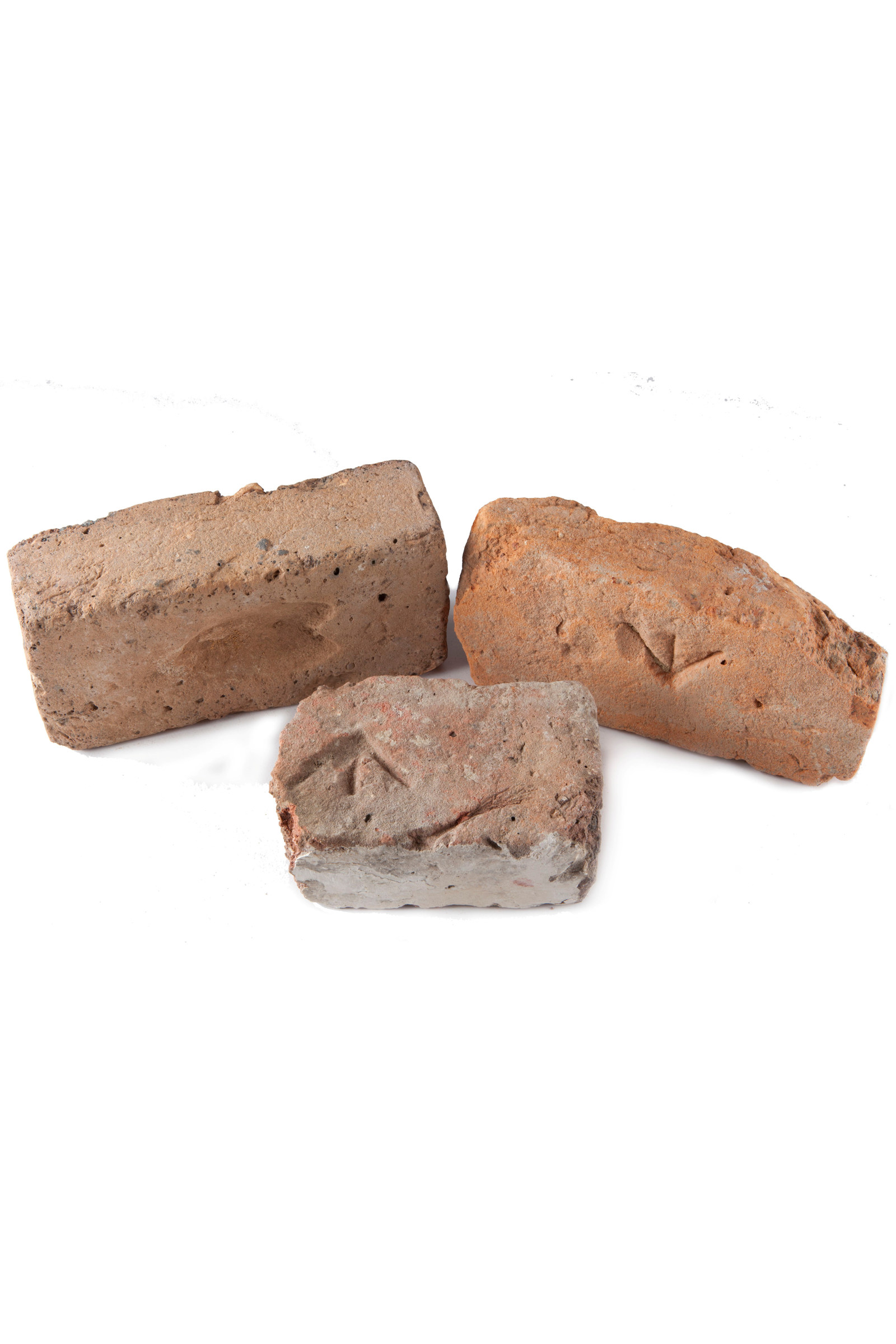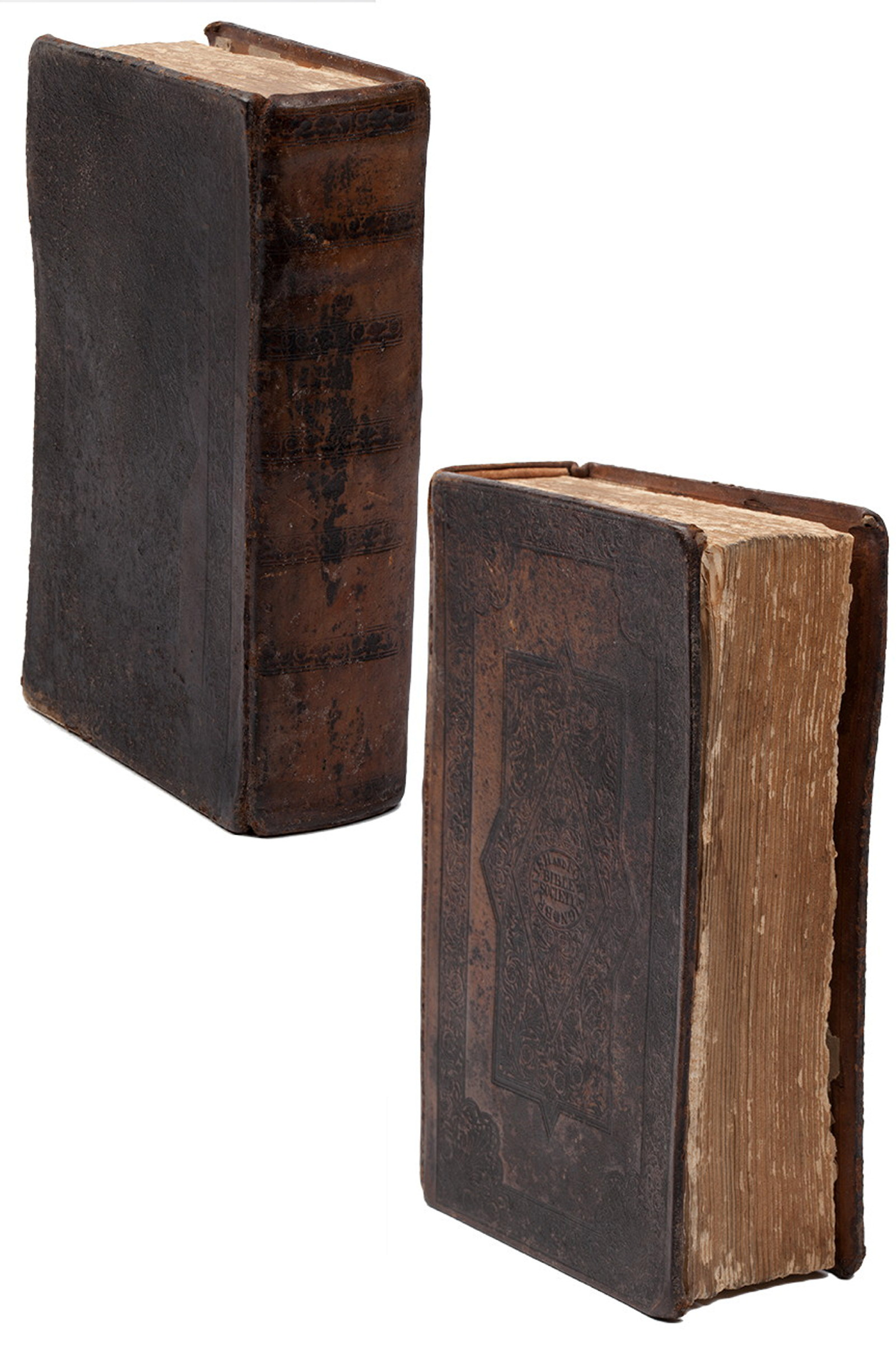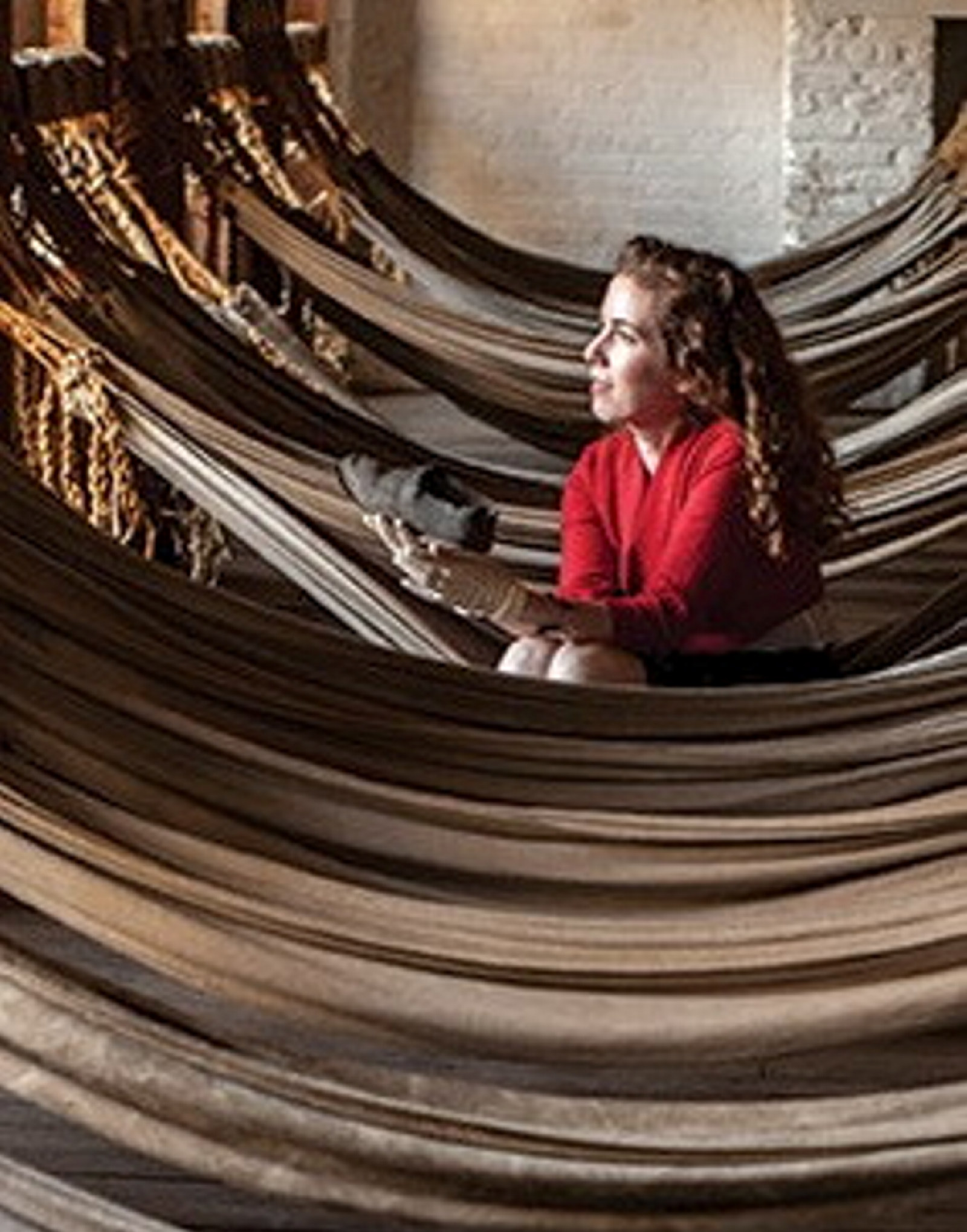Convicts for the colonists
Colourful colonial-era stories from our properties give us a window into the central role the Hyde Park Barracks played in convicts’ lives.
The Hyde Park Barracks was so much more than a place for convicts in government employment to eat and sleep – it was the centre of the convicts’ world, a crossroads where they could find themselves taking a path to liberty or ruin. From his headquarters in the main building, the Principal Superintendent of Convicts kept a firm grip on the whereabouts of all the convicts around the colony, and the barracks court served out punishments to those who misbehaved. And with tens of thousands of ‘new hands’ arriving in the yard between 1826 and 1840 for inspection and distribution after landing, the barracks was the primary source of skilled labour for the colony’s households, farms and estates. The properties of prominent colonial families relied on convict labour; some of these estates are now cared for by MHNSW. The following stories demonstrate the barracks’ place at the heart of the convict system, and how convictism can be found in the story of many of our properties.
... on landing we were drafted to Hyde Park Barracks, which formed the general depot at that time for receiving prisoners. The assignment or hiring-out system had then come into operation, and myself together with eighteen or nineteen of my companions in misery, were forwarded to different masters ...
Convict Martin Cash, Martin Cash, the bushranger of Van Diemen’s Land, in 1843–4, a personal narrative of his exploits in the bush and his experiences at Port Arthur and Norfolk Island, J Walch & Sons, Hobart, 1870, p4.
Andonis Manolis
Arrived 1829 on the Norfolk
Elizabeth Farm
Originating from Greece, with its ancient traditions of viticulture and olive cultivation, 22-year-old Andonis Manolis (also Androni Tu Malonis) presumably had skills that were invaluable to the Macarthur family with their vineyards and olive trees. Manolis was one of two Greek convicts assigned to the Macarthurs, and was probably one of the Greeks that Surveyor-General Thomas Mitchell saw in the family’s Elizabeth Farm garden in November 1831:
at work in that garden of the antipodes, training the vines to trellices made after the fashion of those in the Peloponnesus.1
Manolis had been transported for piracy in the 1820s, with six other men from the island of Hydra. While on a small boat south of Crete in the Mediterranean, they had taken control of the British ship Alceste on its way to Alexandria, Egypt. After spending eight years in the colony, Manolis and his shipmates were granted absolute pardons. Transferred through the Hyde Park Barracks, they were free to return home, but Manolis chose to stay in the colony and was naturalised in 1854.
George Brown
Arrived 1827 on the Marquis of Hastings
Rum Hospital surgeon’s quarters
Hyde Park Barracks convict George Brown (who most likely arrived on the Marquis of Hastings, serving a life sentence for counterfeiting coins) was assigned to work as cook for Assistant Surgeon Moncrieff in the adjacent Rum Hospital south wing (now The Mint). By January 1835, his work had seemingly become unbearable. Called in front of the magistrates’ bench for being absent without leave, Brown claimed there were
so many dead bodies … in the dissecting room, and Doctor Moncrieff was always telling him to go and cut as much flesh as he could off the bones of the bodies and feed the dogs with it.2
Brown said that he couldn’t bear to do such things, so had left the surgeon’s service. Moncrieff rejected Brown’s claims, saying it was unlikely he would allow the man who cooked his meals to handle dead bodies. Brown was sentenced to 100 lashes.
George Garret
Arrived 1822 on the Eliza
Rouse Hill Estate
In his carefully kept account books of the 1820s, Richard Rouse, master of Rouse Hill Estate, recorded the whereabouts of convicts in his employment, including a headstrong 24-year-old ploughman and milkman named George Garret (also Garrett/Garratt). Tried in Kent for burglary, Garret was transported for life and arrived at Rouse Hill on 23 April 1824. The master–servant relationship had soured by 1827, when Rouse called in the district constable to deal with his lazy assignee Garret,
whereupon the prisoner threw down the hoe, and told his master, he might bring the b—dy hoe in himself.3
Sentenced to three months’ work in an iron gang, by May 1828 Garret was back in Rouse’s employment as a bullock driver at another property, Guntawang (near Mudgee). But further misbehaviour saw Garret banished to the Moreton Bay penal settlement for three years. He was subsequently returned to the Hyde Park Barracks in September 1832.
Joseph Kay
Arrived 1834 on the Susan
Vaucluse House
In 1834 convicted forger Joseph Kay, an indoor servant and groom from Yorkshire, was assigned to the enviable job of butler in the Vaucluse household of William Charles Wentworth. But in 1835, after Wentworth had him punished for drunkenness, Kay sought a daring revenge. He broke open the kitchen store and equipped himself with silver spoons, sacks of flour, sugar and a keg of tobacco. He then led a band of convicts onto Wentworth’s cutter the Alice, anchored just off the shore at Vaucluse Bay, seized the ship, and sailed it out of the heads to escape the colony. Kay had told the ship’s master
to tell Mr. Wentworth that if he [Kay] had not got his revenge he would have settled him in another way4
But the prevailing winds foiled his plans; Kay and his fellow pirates were captured, and tried at the Supreme Court. After years labouring in irons on the hellish penal establishment of Norfolk Island, Kay was returned to the Hyde Park Barracks, before being transferred to the prison on Cockatoo Island to serve out his sentence.
The unnamed firefighters
The first Government House
When the kitchen at the first Government House caught fire in October 1840, ‘a strong body of men from Hyde Park Barracks’ raced to the rescue. A spark from a chimney had ignited the shingle roof, and flames soon spread to other outbuildings. Under the leadership of the Principal Superintendent of Convicts, Captain John McLean, the gang from the Barracks worked with soldiers, servants and firemen to bring the blaze under control. Water was passed up from Sydney Cove to extinguish the flames, and the remains of the roofs removed and carted off to a distant part of the Domain for safety. The resultant damage required extensive repairs (worth over £250), carried out under the supervision of the Colonial Architect’s Department, located at the rear of the Hyde Park Barracks.
Like so many of the workforce attached to the first Government House, the names – and stories – of these convict firefighters are unknown, but their contribution is no less important for all that. Thanks to their efforts the house was saved, although not, alas, the governor’s dinner party – causing great ‘disappointment to the minds and stomachs of many’.5
Notes
- Major T L Mitchell, Three expeditions into the interior of eastern Australia, T & W Boone, London, 1839, p6.
- Sydney Gazette, 6 January 1835, p2.
- Sydney Gazette, 21 May 1827, p3.
- Sydney Gazette, 19 November 1835, p2.
- Australasian Chronicle, 22 October 1840, p2.
Published on
Related

Convict Sydney
James Hardy Vaux
Some convicts were transported more than once. Vaux was sent to the colony three times, each time arriving under a different name.

Convict Sydney
Sandstock Bricks
Sandstock bricks such as these were the building blocks of Governor Macquarie’s ambitious public works scheme for Sydney

Convict Sydney
Bible & Prayer Book
The name and the date 1837 written inside the covers tell us they once belonged to an English brass founder named Thomas Bagnall

Convict Sydney
Hammock Scrap
A few scraps of rope and coarse, but finely woven flax linen scraps like this one are all that’s left of the hundreds of hammocks that originally lined the convict sleeping wards
